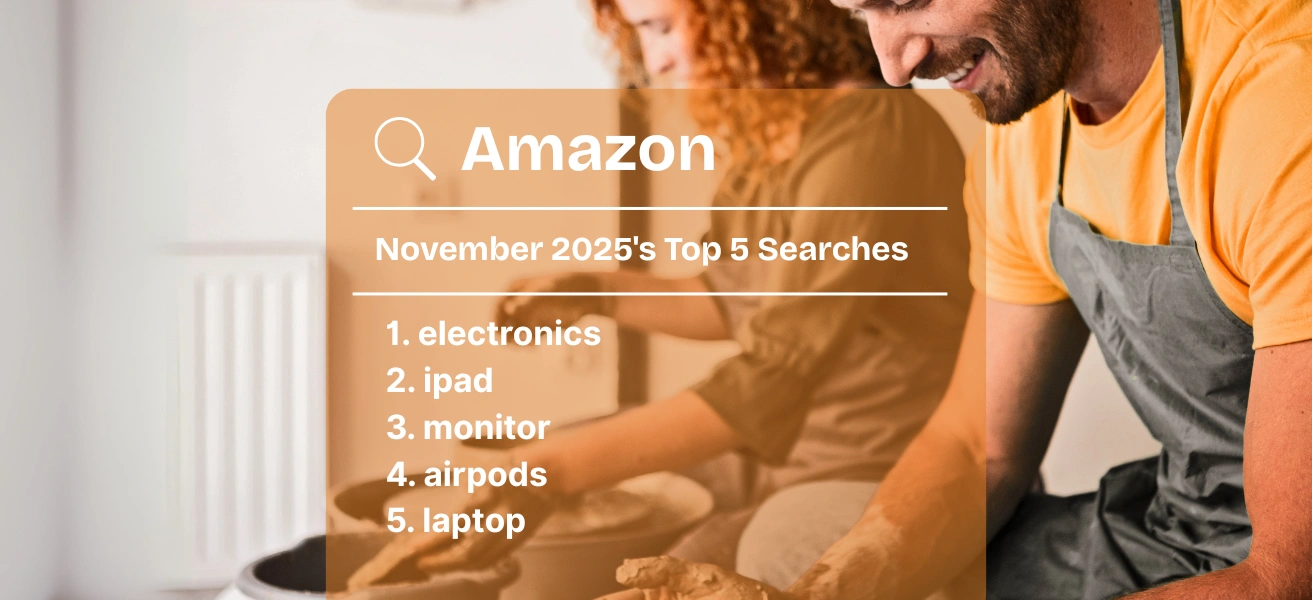Reading Time: Approximately 5 minutes
eRank does not provide tax, legal or accounting advice. This material has been prepared for informational purposes only, and is not intended to provide, and should not be relied on for, tax, legal or accounting advice. You should consult your own tax, legal and accounting advisors.
As you may or may not be aware, the US tax laws in relation to meals as business expenses have gone through several changes in the past few years. However, the recent change implemented as part of the Consolidated Appropriations Act for tax years 2021 and 2022 benefits both restaurants and business owners. The purpose of the Act is to aid struggling restaurants during the pandemic, but it is a change of which small handmade businesses should be aware as it could mean additional deduction amounts when filing your annual tax return.
Definition
Before discussing how much can be deducted, it is important to first understand what is defined as a business meal expense. A business meal expense is a food and/or beverage expense incurred while conducting business. The expense should be ordinary and not lavish or extravagant. The taxpayer (handmade business owner) or an employee of the business must be present for the meal. The meal can be consumed while conducting business with a current business associate or a potential future business associate. The deduction is not available for additional guests not directly connected to the business relationship such as spouses or children.
Deduction Amount
Most years, the deduction rate for business meal expenses is 50% of the receipt amount. For the tax years of 2021 and 2022, 100% of the business meal expense may be deducted in certain instances.
To qualify for the 100% deduction rate, the expense must be incurred between January 1, 2021 and December 31, 2022. The food and beverages must be from a restaurant or similar business that prepares and sells food or beverages as a regular business to be consumed on or off premises. Food from convenience stores, grocery stores, or vending machines are not eligible for the 100% deduction rate. Also, if the meal is for employees, it must be available to 50% or more of your handmade business’s total employees to be eligible for the full deduction amount.
Food and beverages purchased that do not qualify for the higher deduction amount in 2021 and 2022 may still be eligible for the 50% deduction rate, as long as the meal meets the qualifying definition of a business meal expense.
Examples
Here are some specific examples to allow you to better understand what business meal expenses qualify for the additional deduction amount.
Example 1
You have lunch with the person that owns the local fabric store to discuss the timing of new holiday fabric arrival to the store. The two of you eat at a local restaurant. You, the taxpayer, are present, and the other person is a business associate of your handmade business. For tax years 2021 and 2022, the meal will be a valid business meal expense and deductible at the 100% rate.
Example 2
As a “thank you” to your postal worker, you purchase a premade sandwich and chips from the deli at your local supermarket and give them to the postal worker when she delivers your packages for that day. You are present, and the postal worker is a valid business relationship. However, the meal was not purchased from a restaurant. Therefore, it is not eligible for the extra deduction amount, but it is still deductible at the 50% rate.
Example 3
While picking up supplies, you and an employee stop to grab lunch at a local restaurant. You are present. The employee is a valid business associate. The meal is purchased from a restaurant. However, to determine the deduction amount allowed, you must consider how many employees your handmade business has. If you have one or two employees, the meal is 100% deductible because you are meeting the qualification of providing the meal to at least 50% of your handmade business’s employees. If you have three or more employees, then the meal is only 50% deductible as a business meal expense since you would not meet the 50% of employees qualification.
Example 4
You purchase hot dogs and drinks for all your employees from the convenience store next door. You are present. Your employees are business relations. The meal is for all employees. It is not 100% deductible, though, because the food is not from a restaurant. It is deductible at the 50% rate.
Recordkeeping
Now that you have a better understanding of what meal expenses are allowed as a business meal expense and at what rate the expense can be deducted on your annual tax return, you need to also understand what records must be kept in order to support the deduction. A bank or credit card statement is not sufficient to backup your business meal expense deduction. You must retain the actual receipt or invoice for the expense.
The receipt or invoice must contain, at minimum, the following information:
- The name and location of the restaurant
- The number of people served
- The date and the amount of the expense
Additionally, it is recommended that the receipt or invoice also shows the following, which may be handwritten as an addition:
- The name(s) of the business person
- The business purpose
- Itemized detail of food and beverages
The tax and tip are also allowable expenses. However, any additional charges such as a cover or membership charge required by the establishment is not deductible and should be listed as a separate line item on the receipt or invoice or on an entirely separate receipt or invoice.
Review
As a handmade business, you may not have been aware of the change for business meal expense deduction implemented as part of the Consolidated Appropriations Act for tax years 2021 and 2022. Now that you do, be sure to take advantage of the additional deduction amount by evaluating business meal expenses for the qualifications discussed in this article. It is best to record business meal expenses separately by whether they are 100% or 50% deductible to make things easier when completing your annual tax return.
For more information about the additional business meal deduction, check out the Internal Revenue Service’s article: Here’s what businesses need to know about the enhanced business meal deduction.

Michelle Badger
Accountant (25 + years) and Etsy seller








